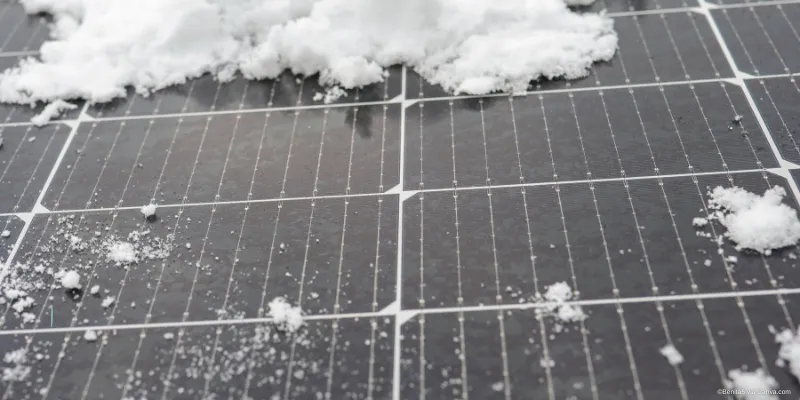
What the 2025 Tariff Increases Mean for Your Business
Electricity costs are set to rise again in 2025 – and for many businesses, the impact could be significant. Whether you're billed directly by Eskom or through your local municipality, these changes will affect your cash flow, profitability, and operational decisions. Here's what you need to know and how to start preparing now.
Understanding the 2025 Tariff Increases
NERSA has approved an average increase of just under 13% for Eskom-supplied customers, effective 1 April 2025. This increase varies depending on your tariff structure, sub-tariff, and how much electricity your site consumes during different times of the day and year. For businesses billed by municipalities, tariff increases are expected to come into effect from 1 July 2025 – likely also in the region of 12–13%.
For Eskom customers, the cost impact will start appearing in your May or June bill. But the real spike comes in July, when winter peak tariffs take effect. Municipal customers will feel their first jump in July (from June’s usage) and a second one in August once the municipal increases are fully applied.
When Will the Increases Hit Your Bill?
The timeline is staggered – and it matters.
Eskom clients:
April’s tariff increase is reflected in bills issued in May or June. Then, in July, the winter tariff takes over, pushing costs even higher. Relief only comes in September, when summer tariffs return.
Municipal clients:
June usage (billed in July) already includes the winter rate. Then from July, the municipal hike is added – and you'll feel the full impact in the bills issued in August and September.
This dual step-up makes winter 2025 a critical period to monitor your consumption and adjust where possible.
Why Municipal Bills May Be Higher
Most municipalities buy their power from Eskom and then resell it to end users at marked-up rates – sometimes by as much as 300%. The difference isn’t standardised, and municipal communication around these changes is often slow. This creates uncertainty and gives businesses very little time to plan.
Unlike Eskom, which applies increases in April, municipalities often finalise and apply theirs in July. This delay is due to the negotiation process with NERSA, but the end result is that businesses are left with little notice and no margin for error when the new rates land.
How to Limit the Impact of Rising Tariffs
The key is to reduce the amount of energy drawn from the grid during peak winter periods – especially during the high-demand hours when tariffs are at their most punitive. Several options are available:
Shift production to off-peak or weekend hours
Install solar panels or battery systems to supplement grid supply
Use generators strategically during peak hours
Monitor power quality and manage maximum demand
This won’t be viable for every business – but for those who can adjust operating hours or layer in alternate supply sources, the savings can be substantial.
Start With What You Can Control
Energy efficiency doesn’t always require major investment. Often, the basics are overlooked – and fixing them can lead to immediate savings.
Repair leaks in compressed air systems
Optimise hot water systems and geysers
Switch outdated lighting to LED
Service or upgrade your power factor correction system
Track energy usage and revisit quotes regularly
If your site doesn’t have working power factor correction in place, that’s one of the first areas to address. A properly sized and maintained system will reduce your kVA charges, improve efficiency, and free up capacity for growth.
Think Long-Term, Act Proactively
Every year, the cost of generating your own electricity becomes more competitive. Whether it’s solar, wind, or hybrid solutions, the business case is getting stronger. And as Eskom’s prices continue to rise, the break-even point arrives sooner.
Now is the time to start thinking ahead. Even if you’re not ready to invest today, understanding your site’s energy profile and exploring your options puts you in a far stronger position when that moment comes.
Prepare Now to Avoid Unnecessary Costs
The 2025 tariff increases are coming – and for many businesses, they will hit harder than expected. But you don’t have to wait for the next high bill to take action. From shifting peak usage to improving efficiency and planning future upgrades, there are steps you can take now.
Get in touch with Alpha Power Solutions to assess your risks and explore tailored solutions for your business. Whether you need power factor correction, load analysis, or expert input on long-term energy planning, we’re ready to help.

